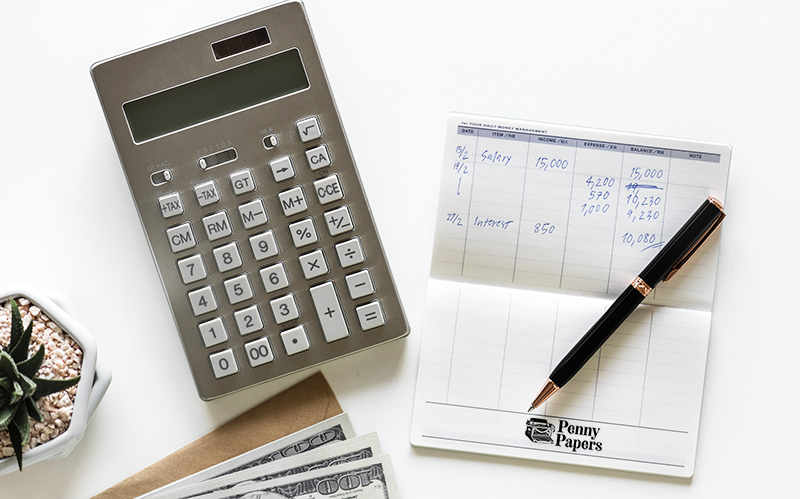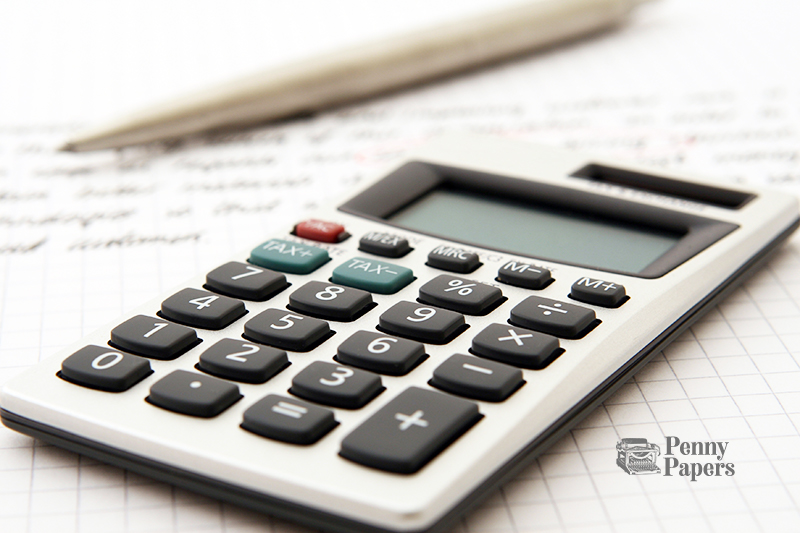Step 1 – Figure out your total income

Figure all your sources of income. They may include income from employment, side-gigs, dividends, and interest. Basically, list any money that you receive that you want to base your budget on.
Step 2 – Track Your Spending

Track your spending by keeping your receipts or logging everything on a spending app. Don’t forget to track your cash expenses as well. The longer you track your spending, the more accurate a picture you’ll get of your day-to-day spending habits.
Tip: Don’t forget to calculate recurring expenses that happen less often. These can include tax preparation costs, gifts, as well as expenses that are set to bill quarterly or yearly
Step 3 – Set a Goal

It’s much easier to keep your finances on track if you know what you’re trying to accomplish. Your goal could be to build a savings/emergency account, or pay of debt, or to save the money for a vacation or a large purchase.
Tip: Write down the details of your goal, including the date you want to achieve your goal.
Step 4 – Make a Plan

Review your spending habits and evaluate the changes you want to make in order to reach your goal. There may be expenses that you want to reduce. There will be others that you can eliminate completely.
Tip: Highlight essential expenses (things that you can’t do without and can’t replace with a less expensive option). Food, for example, is an essential expense. Eating out is generally not an essential expense because it can be replaced with a less expensive alternative.
Once you have your essential expenses highlighted, use a different color to highlight the unessential expenses that you find the most rewarding and enjoy the most. Use the unhighlighted expenses to find ways to reduce your expenses to achieve your goal.
Step 5 – Evaluate & Adjust Habits

Many of our actions are directly tied to our habits. That means that we act on certain cues without fully evaluating our behavior. That stop at the corner bakery for coffee and a donut may have become such a habit that we do it without thinking about it. That’s great for saving mental energy, but not so great for saving money (or calories). With a little time and attention, you can identify which of your spending behaviors are tied to habits rather than choices. You might find that driving a different route will help you to save a nice chunk of change and perhaps even loose a few pounds in the process!
Tip: Charles Duhigg’s book The Power of Habit is an interesting read. It’s available on Audible as well, if you’d rather listen while doing something else.
Step 6 – Review Your Budget

At the end of each week or month, compare your spending to your plan. Make adjustments as needed.
Tip: The more frequently you compare your spending behavior with your plan, the easier it to see, and fix, issues before they get between you and your goal.

